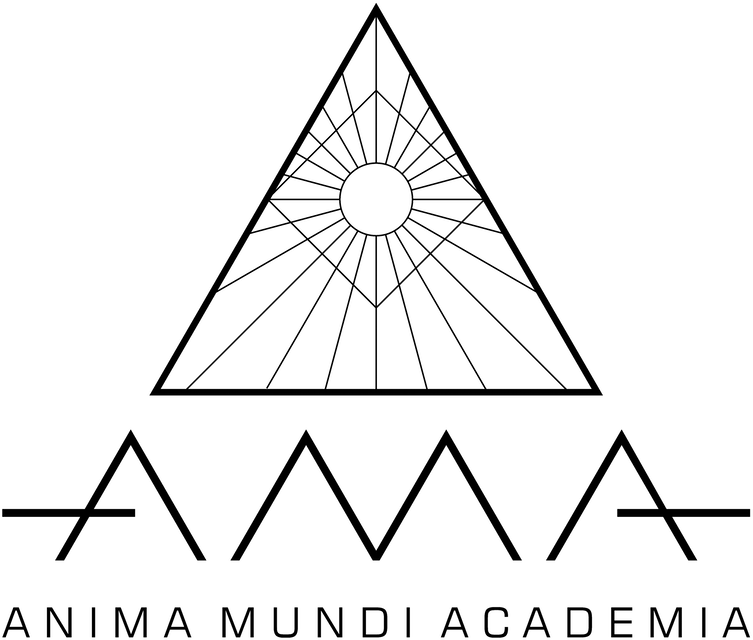Concept
In the incessant repetition of everyday life, the reassuring habit of multiple repetitiveness is refined and people rediscover the identity of themselves as well as of “things”, since with them, and through them, a specific, strong and profound relationship is established. Analyzing this approach to everyday life, where the most disparate themes are addressed and nothing is ever the same, means understanding some ways of interrelation in this existential journey.
Therefore, in the context of this artistic visualization I try to provide different ideas and forms to propose a different re-homologation of thought, however defining it more as a segment of a journey than a completed itinerary. It is certainly a fragmented journey that mainly provides ideas, interpretations, perhaps even doubts, tiny temporal windows, through which classical conceptual properties undergo a sort of sabotage as well as an interminable relocation towards fantasy and the attitude to the ferment of life itself.
Biografy
Luciano Caggianello born in Siena in 1959, is an artist and designer who began his activity in the 1980s interacting with different professional fields: Advertising, Illustration, Graphics and Design (industrial and car-design). At the same time he embarked on a path of artistic research which, after initial and assiduous frequentations at the Academy as well as studies and ateliers of Turin artists, led him to evolve various representative and visual themes, allowing him to also validate an articulated national and international exhibition itinerary.
He is also accompanied, in this path, by the publication of some books (“Intermediario Immateriale” 2003, “Parole altrove” 2014, “Aporia e Metamorfosi dell’Arte” 2019, “Fenomenologia del Quotidiano 2020, “Pubblicità .jPig” 2021)which serve as an aid to reflection and deepening of one’s conceptual and philosophical research.
In recent years, his recognition has essentially become a work of prevalent perceptual and conceptual synthesis that re-elaborates all the didactic, cultural and intellectual interactions also coming from his various training fields (from Applied Industrial Physics, to Architecture, to the Visual). Furthermore, this approach, by identifying the artistic objective of a thematic-conceptual planning and an experimentation inserted between concrete “poverty” and digital art, turns out to be much more related and relevant to concepts of presentation than of representation.
He lives and works in Turin, Italy.

